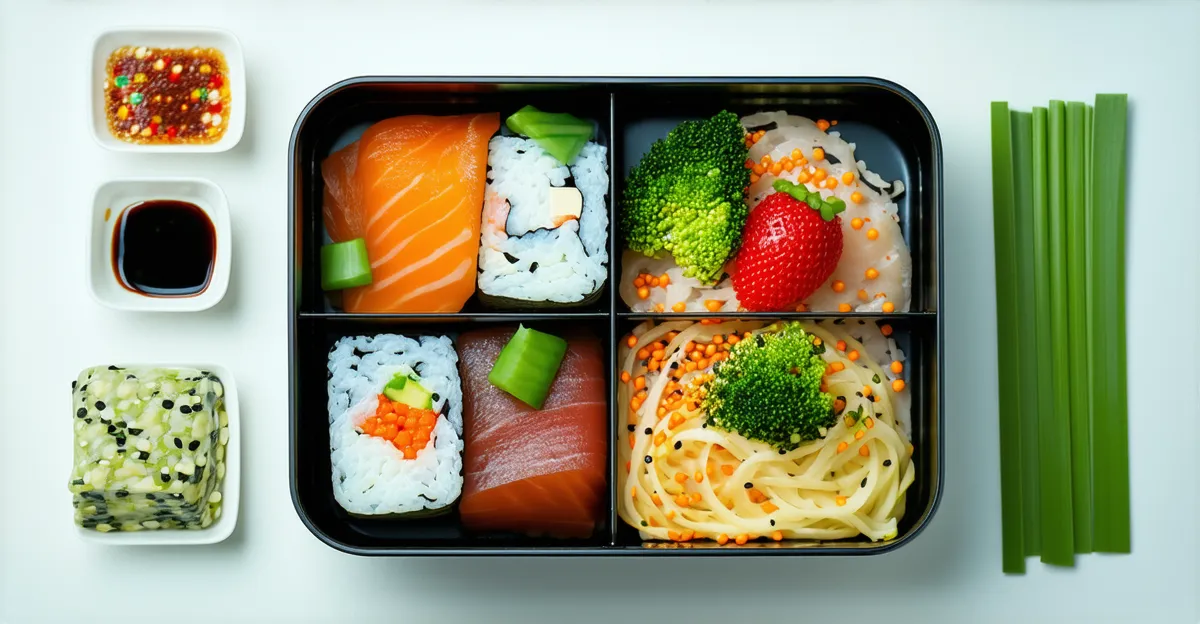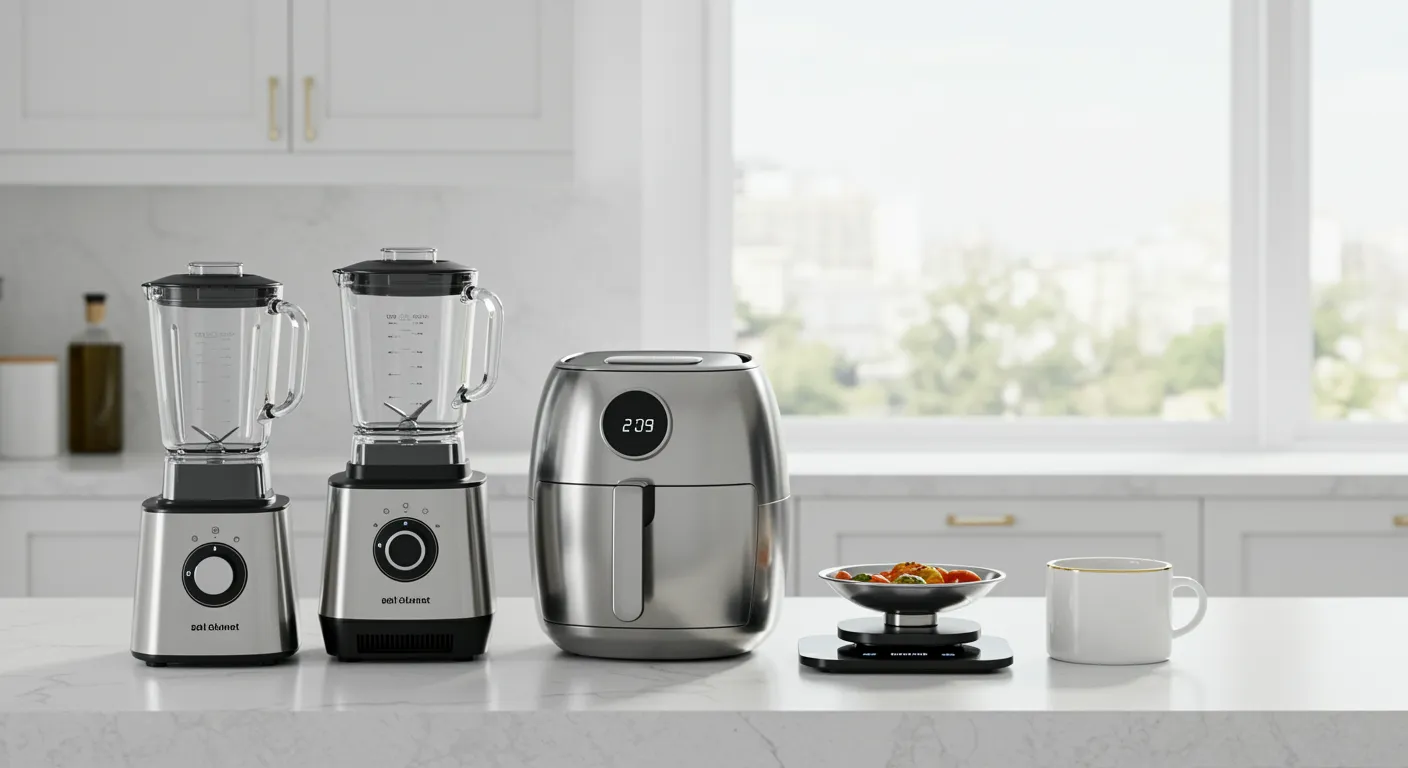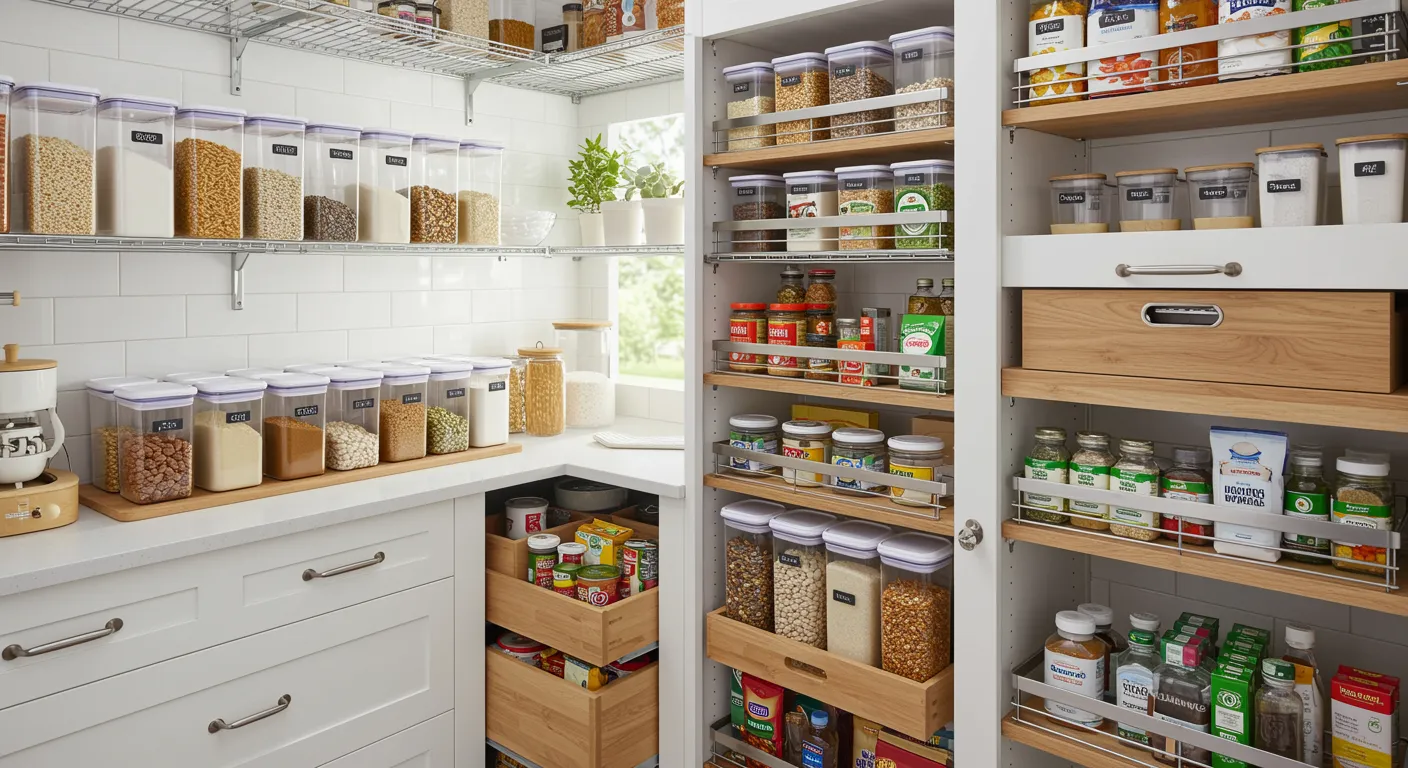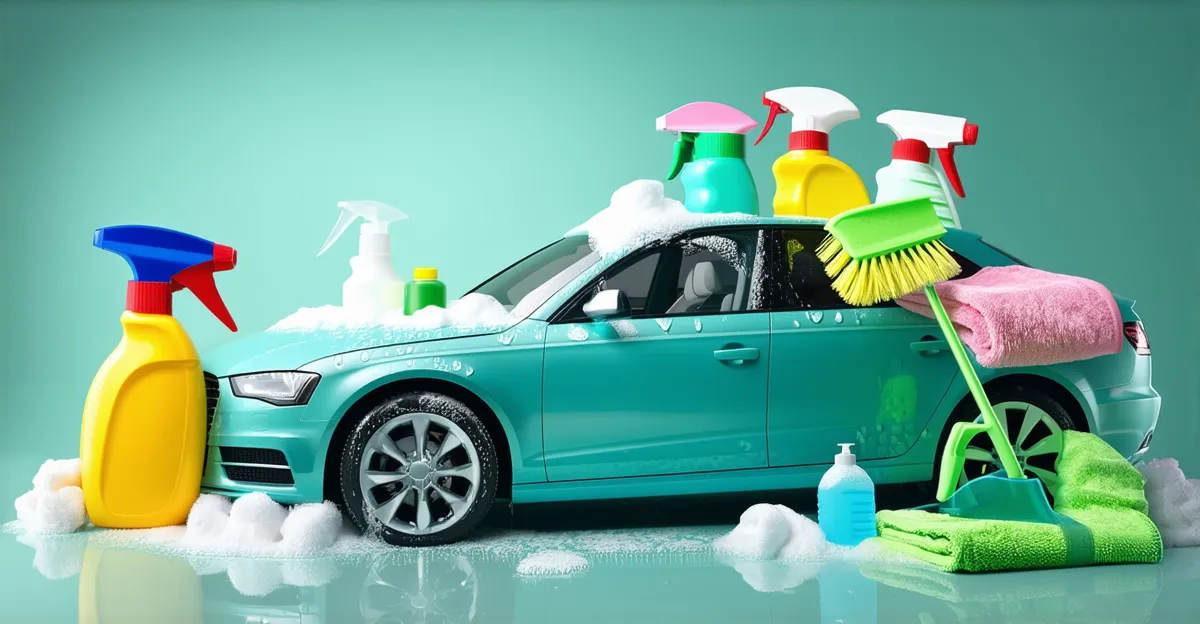
Sparkling Clean Ride: Your Comprehensive and Up-to-Date Guide to Car Cleaning Supplies for a Showroom Finish
Quick Picks: Our Top Product Recommendations
A fast overview of our top picks—scroll to see all, or jump to details below.
Sparkling Clean Ride: Your Comprehensive and Up-to-Date Guide to Car Cleaning Supplies for a Showroom Finish
The roar of an engine, the curve of the bodywork, the gleam of the paint under the sun – a clean car isn't just visually appealing; it's a statement. It reflects pride of ownership, helps maintain the vehicle's value, and can significantly extend the life of its surfaces. Beyond the aesthetic, keeping your vehicle clean removes corrosive contaminants like road salt, bird droppings, bug splatter, and industrial fallout that can permanently damage paint and finishes over time.
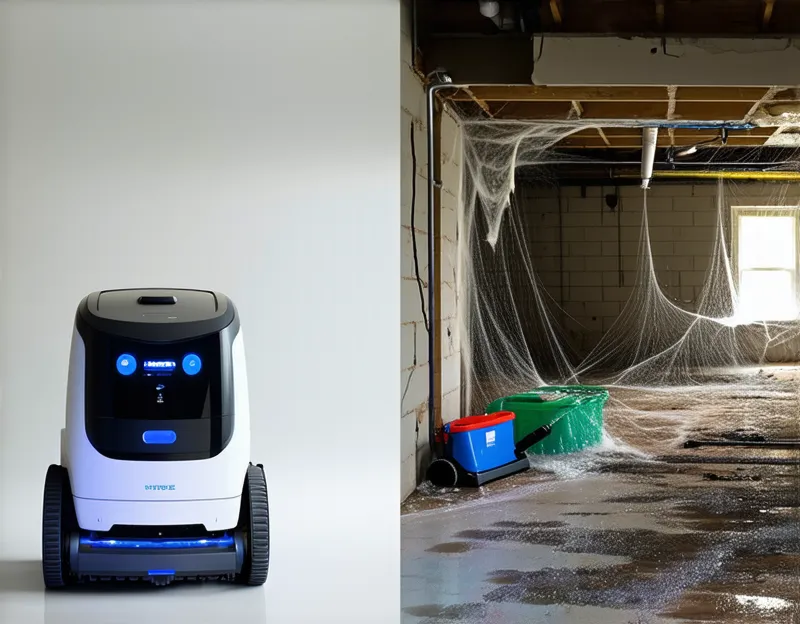
For decades, car cleaning was often a simple bucket-and-sponge affair. However, the automotive industry has evolved, introducing sophisticated paint technologies, delicate interior materials, and complex wheel finishes. Simultaneously, the car care industry has blossomed, offering an incredible array of specialized products designed to tackle specific challenges with maximum efficiency and minimal risk. This evolution means that achieving that sought-after showroom finish requires more than just water and soap; it demands knowledge of the right tools and techniques tailored to modern vehicles and the contaminants they face daily. Staying informed about the latest advancements in car cleaning products and their proper application is crucial for anyone serious about preserving their ride's beauty and value.

This comprehensive guide will take you on a deep dive into the world of car cleaning supplies. We'll explore the essential categories of products you need, the technological innovations that have transformed car care, and provide expert tips to help you achieve professional-grade results at home. We’ll also highlight some of the best and most currently recommended products available on the market today, based on recent research and user consensus, to help you build your ultimate car cleaning arsenal.
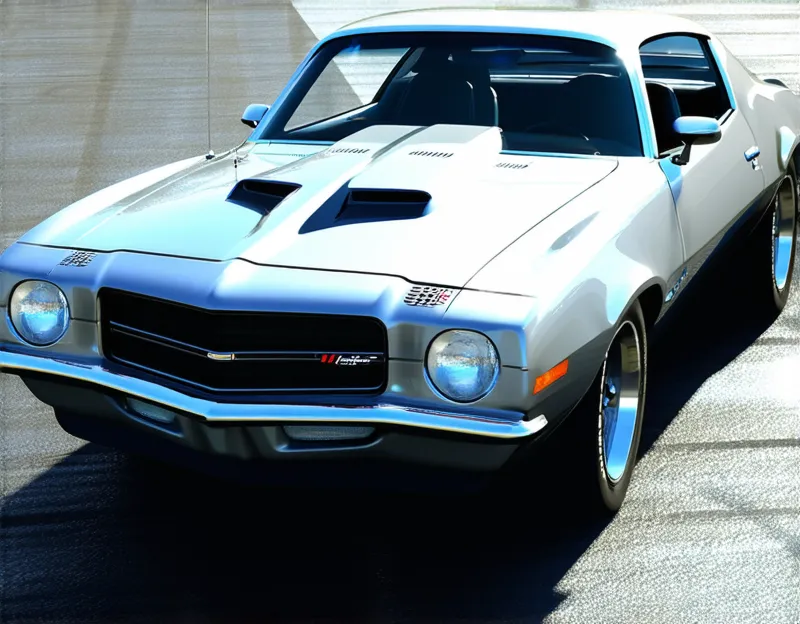
Understanding Your Car's Needs: More Than Just Getting Wet
Before you grab any old soap, consider what your car needs. Is it covered in thick mud from off-roading, or does it just have a light layer of dust from sitting all week? Different levels of dirt require different approaches. The surfaces of your car – paint, glass, wheels, trim, and interior – all have unique characteristics and require specific care. Using an abrasive cleaner on glossy paint or a harsh degreaser on delicate interior plastics can cause irreversible damage. Understanding the type of dirt you're dealing with and the materials you're cleaning is the foundation of effective and safe car care.
Furthermore, the environment plays a significant role. Cars in coastal regions are exposed to corrosive salt air, while those in industrial areas suffer from fallout. Knowing these factors helps you choose products that offer the necessary protection. Modern car paints often have clear coats that are susceptible to swirl marks if improper washing techniques or abrasive tools are used. This underscores the importance of using pH-neutral soaps and plush microfiber towels specifically designed for car washing.
The Essential Categories of Car Cleaning Supplies
Building a complete car cleaning kit involves acquiring products that address every area of your vehicle. While the market offers an overwhelming number of specialized products, there are core categories that form the backbone of any effective cleaning regimen.
1. Car Wash Soaps: The Foundation of Cleanliness
The most fundamental step is washing the exterior. But not just any soap will do. Dish soap, for example, can strip away protective waxes and sealants, leaving your paint vulnerable. Dedicated car wash soaps are formulated to be pH-neutral, meaning they effectively lift dirt and grime without harming your paint's finish or any underlying protection. They also often contain lubricants that help the wash mitt glide smoothly over the surface, reducing the risk of creating swirl marks.
Consider factors like foaming ability (more foam provides better lubrication), whether the soap is designed to be wax-safe or includes some level of gloss enhancer, and if it's suitable for use with a foam cannon for maximum suds and contact time.





Chemical Guys Mr. Pink Super Suds Car Wash Soap and Shampoo
Buy on Amazon2. Wash Mitts and Drying Towels: Material Matters
The tools you use to apply and remove the soap are just as critical as the soap itself. Sponges can trap grit and drag it across the paint, creating scratches. High-quality wash mitts, typically made of chenille microfiber or natural lamb's wool, are designed to lift and hold dirt away from the paint surface, minimizing marring.
Drying is perhaps the most common step where swirl marks are introduced. Using household towels or low-quality microfibers can scratch the paint. Premium microfiber drying towels, specifically designed for automotive use, feature a deep pile and high absorbency to soak up water quickly and efficiently while being extremely gentle on the finish. Twisted loop or waffle weave towels are popular choices for their rapid drying capabilities.





The Rag Company Eagle Edgeless 500 Professional Microfiber Towels
Buy on Amazon3. Wheel and Tire Cleaners: Targeting Tough Grime
Wheels accumulate some of the most stubborn grime, including brake dust (which is highly corrosive), road tar, and grease. Standard car wash soap often isn't strong enough to effectively clean these surfaces. Dedicated wheel cleaners are formulated to dissolve brake dust and road film, often changing color as they work to indicate the presence of iron particles.
Tire cleaners are designed to remove old tire dressings, browning, and dirt, leaving a clean surface for a new dressing to properly adhere. Since wheels come in various finishes (painted, polished, chrome, etc.), choosing a wheel cleaner that is safe for your specific wheel type is essential to avoid staining or damage. pH-balanced, acid-free wheel cleaners are generally the safest options for most modern wheels.
✨ Discover More You Might Like





P&S Brake Buster Total Wheel Cleaner
Buy on Amazon4. Surface Protection: Wax, Sealants, and Ceramic Coatings
Once your car is clean, protecting the paint is crucial. Protection shields the paint from UV rays, environmental contaminants, and makes future cleaning easier.
- Waxes: Typically made from natural carnauba, waxes provide a warm, deep gloss. They offer good protection and are easy to apply,但durability is usually measured in weeks to a few months.
- Sealants: Synthetic products offering more durable protection than waxes, often lasting several months. They provide a sleek, reflective shine and are often easier to apply and remove than traditional waxes.
- Ceramic Coatings: Advanced-level protection based on silica dioxide (SiO2) or titanium dioxide (TiO2) technology. These form a durable, semi-permanent layer that can last for years. They offer exceptional gloss, chemical resistance, UV protection, and impressive hydrophobic (water-repelling) properties, making washing significantly easier. Application typically requires careful surface preparation.
Spray-on versions of sealants and ceramic coatings have become popular as quick and easy ways to add or maintain protection between full details.





Adam's Polishes Graphene Ceramic Spray Coating
Buy on Amazon5. Glass Cleaners: For Crystal Clear Vision
Clean glass isn't just about aesthetics; it's crucial for safety. Streaky or dirty windows can impair visibility, especially when driving into the sun or at night. Automotive glass cleaners are formulated to cut through road film, bug splatter, and interior grime without leaving streaks. Avoid using cleaners containing ammonia, as this can damage tinted windows and other interior surfaces.
Pairing a good glass cleaner with multiple clean microfiber towels specifically for glass (different towels for cleaning and buffing) is key to achieving streak-free results.





Invisible Glass Premium Glass Cleaner
Buy on Amazon6. Interior Cleaners and Protectants: Maintaining the Cabin
The interior often gets overlooked, but it's where you spend your time. Dust, spills, and grime can quickly degrade the look and feel of upholstery, plastics, leather, and vinyl.
- All-Purpose Interior Cleaners: Gentle cleaners safe for most interior surfaces, capable of lifting dust, dirt, and light stains.
- Specific Surface Cleaners: Products tailored for leather, fabric, or plastic, designed to clean and often condition those materials.
- Protectants: Products applied after cleaning, usually containing UV blockers, to prevent cracking, fading, and discoloration of interior surfaces. They can also restore a natural, non-greasy appearance.
Choosing products that leave a matte or satin finish is often preferred over those that leave a greasy or overly shiny residue, which can look unnatural and attract dust.





CarGuys Super Cleaner
Buy on Amazon7. Detailing Brushes and Tools: Reaching Every Crevice
Achieving a truly detailed finish requires getting into the nooks and crannies that mitts and towels can't reach. Detailing brushes, wheel brushes, and various applicators are essential tools:
- Wheel Brushes: Specifically designed to navigate spokes and rims, safely cleaning all areas of the wheel.
- Interior Detail Brushes: Soft brushes for dusting vents, dashboard crevices, and around buttons.
- Applicator Pads: Foam or microfiber pads for applying waxes, sealants, or tire dressings evenly.
Having a variety of brushes of different sizes and bristle stiffness is crucial for tackling various tasks effectively and safely.
✨ Discover More You Might Like





Chemical Guys Wheel and Rim Brush (Short Handle)
Buy on AmazonKey Factors to Consider Before Buying Car Cleaning Supplies
Navigating the vast market of car cleaning products can be daunting. Keeping these key factors in mind will help you make informed decisions and build a kit that suits your needs and vehicle.
1. Your Vehicle's Specifics: Materials and Condition
Not all cars are created equal when it comes to cleaning.
- Paint Type and Condition: Do you have a solid color, metallic, pearl, or a delicate matte finish? Is the paint new and perfect, or is it older with swirls and scratches? This influences the aggressiveness of cleaners and the type of protection you choose. Matte finishes, for instance, require specialized products that don't contain gloss enhancers.
- Interior Materials: Leather, vinyl, Alcantara, cloth, piano black plastic – each requires specific care. Using the wrong product can cause drying, cracking, staining, or discoloration.
- Wheel Type: As mentioned, different wheel finishes demand different types of wheel cleaners.
Understanding your car's construction and current condition is the first step in selecting the right products that will clean effectively without causing damage.
2. Frequency and Level of Cleaning
How often do you plan to clean your car? A weekly wash requires different products than a full detail performed every few months.
- Maintenance Washes: For regular cleaning of light dirt, a good pH-neutral soap and quick drying aid might be sufficient.
- Deep Cleaning/Detailing: This might involve pre-wash rinses, iron removers, clay bar treatment (to remove bonded contaminants), polishing (to remove paint defects), and applying durable protection.
If you only plan to do basic washes, you don't need a full arsenal of professional-grade detailing compounds. Conversely, if you aim for a showroom finish, investing in a wider range of specialized products is necessary.
3. Your Environment and Available Space
Where will you be cleaning your car?
- Outdoor Cleaning: الشمسdirect sunlight can cause soaps and cleaners to dry too quickly on the paint, leading to spotting or streaking. This might necessitate washing early in the morning or late in the afternoon, or using products specifically designed for washing in sunlight (though it's generally best to avoid).
- Indoor/Shaded Cleaning: Less risk of premature drying, offering more flexibility.
- Water Access: Do you have access to a hose? A pressure washer? Or will you rely on rinseless or waterless wash solutions?
- Disposal of Wash Water: Be mindful of local regulations regarding where wash water can drain, as some products contain chemicals harmful to the environment.
Your cleaning environment significantly impacts the techniques and even the types of products that are practical and safe to use.
4. Budget
Car cleaning supplies range from highly affordable basic products to expensive, professional-grade formulations. Determine how much you're willing to invest. Remember that sometimes, spending a bit more on a quality product that is concentrated or performs better can save you money and frustration in the long run. Consider starter kits if you're new to car care, but be aware that single purchases sometimes offer better value per unit.
5. Desired Outcome and Ease of Use
What level of finish are you aiming for? A quick cleanup or a meticulous detail?
- Quick Clean: Rinseless or waterless washes are great for light dirt and fast wipe-downs.
- Gloss and Protection: Waxes, sealants, and simple spray coatings are relatively easy to apply and provide noticeable results.
- Long-Term Durability: Ceramic coatings offer the best protection but require more involved preparation and application.
Think about how much time and effort you're willing to put in and choose products accordingly. Many newer products focus on ease of use while still delivering excellent results.





Optimum No Rinse Wash & Shine
Buy on AmazonBuilding Your Kit: Getting Started
If you're new to car cleaning or looking to upgrade, starting with the essentials is wise. A good beginner kit might include:
- pH-neutral car wash soap
- Two high-quality wash mitts (one for the upper panels, one for lower/dirtier areas)
- Several plush microfiber drying towels
- A dedicated wheel cleaner (safe for your wheels)
- A wheel brush
- An interior cleaner and a few general-purpose microfiber towels for the interior
- A basic spray wax or sealant for easy protection
As you become more comfortable and identify specific needs, you can expand your collection with more specialized products like iron removers, tar removers, clay bars, polishers, and longer-lasting protective coatings.
Advanced Techniques and Supplies
For those seeking the absolute best finish, delving into advanced techniques and specialized supplies takes your car care to the next level.
Decontamination: Beyond the Surface
Even after washing, your paint can have bonded contaminants that make it feel rough to the touch. These can be brake dust, industrial fallout, tree sap, or paint overspray.
- Iron Removers: Chemical sprays that react with iron particles (like brake dust), dissolving them and turning purple or red as they work.
- Tar Removers: Solvents designed to break down sticky tar and asphalt spots.
- Clay Bar/Mitt/Towel: A polymer material that physically shears bonded contaminants from the paint surface. Requires lubrication (like a quick detailer or diluted rinseless wash) and must be used carefully to avoid marring.
Decontamination is a crucial step before polishing or applying long-term protection like ceramic coatings, as it ensures you're working on a truly clean surface.





CARPRO Iron X Lemon Scent
Buy on AmazonPolishing: Correcting Paint Defects
Polishing is the process of using abrasive compounds to remove a microscopic layer of clear coat, thereby leveling the surface and removing swirl marks, light scratches, and oxidation. This is done with a machine polisher (dual-action or rotary) and foam or microfiber pads. Polishing reveals the true depth and clarity of your paint's color. This is considered an advanced step and requires practice to avoid damaging the paint.
Dressings and Conditioners: The Finishing Touches
Dressings are used to restore and protect exterior trim, tires, and sometimes engine bay plastics.
- Tire Dressings: Applied to tires to give them a clean black look (matte or glossy, depending on the product) and protect the rubber from UV rays and cracking.
- Trim Dressings: Applied to exterior plastic or rubber trim that might have faded over time, restoring color and providing UV protection.
- Interior Dressings: Often combined with protectants, these enhance the appearance of interior plastics and vinyl.
Choosing water-based dressings is generally preferred over solvent-based ones, as they are less likely to dry out and crack surfaces over time and are often easier to apply evenly.





CarPro PERL Coat Plastic & Rubber Dressing
Buy on AmazonThe Importance of Technique
Having the best products is only half the battle; using the correct technique is equally important.
- Two-Bucket Method: Use one bucket with soapy water and a grit guard, and a second bucket with clean water and a grit guard to rinse your wash mitt between passes. This significantly reduces the transfer of dirt back to the paint.
- Wash Top to Bottom: Start with the cleanest areas (roof, upper panels) and work your way down to the dirtiest parts (lower panels, wheels).
- Rinse Thoroughly: Ensure all soap residue is completely rinsed from the vehicle to prevent spotting.
- Dry Immediately and Carefully: Don't let water air dry on the paint, as this can leave mineral deposits (water spots). Use high-quality microfiber towels and a gentle blotting or gliding motion.
- Work in Sections: Don't wash the entire car and then try to rinse it; wash and rinse one section at a time, especially in warmer weather or direct sunlight.
Mastering these fundamental techniques will minimize scratching and maximize the effectiveness of the products you use.
Conclusion: Achieving and Maintaining That Showroom Shine
Achieving and maintaining a sparkling clean car that looks like it just rolled off the showroom floor is a rewarding process. It requires understanding the specific needs of your vehicle, investing in the right, currently available high-quality cleaning supplies, and employing proper techniques. The car care industry is constantly innovating, offering increasingly effective, safe, and user-friendly products that make this goal more accessible than ever.
By selecting pH-neutral soaps, using safe wash mitts and drying towels, choosing appropriate wheel and interior cleaners, and applying durable protection with waxes, sealants, or ceramic coatings, you can effectively combat the elements and preserve your car's finish. Incorporating advanced steps like decontamination and using specialized tools ensures that even the toughest grime is tackled and every nook and cranny is addressed.
Remember that consistency is key. Regular cleaning not only keeps your car looking its best but also prevents the buildup of damaging contaminants, saving you money on restorative work down the line and helping your vehicle retain its value. Armed with the knowledge from this comprehensive and up-to-date guide, you are well-equipped to choose the best products and techniques for your ride. Explore the recommended products based on the latest market information and reviews, build your ideal cleaning kit, and enjoy the satisfaction of a truly sparkling clean vehicle that's sure to turn heads!












